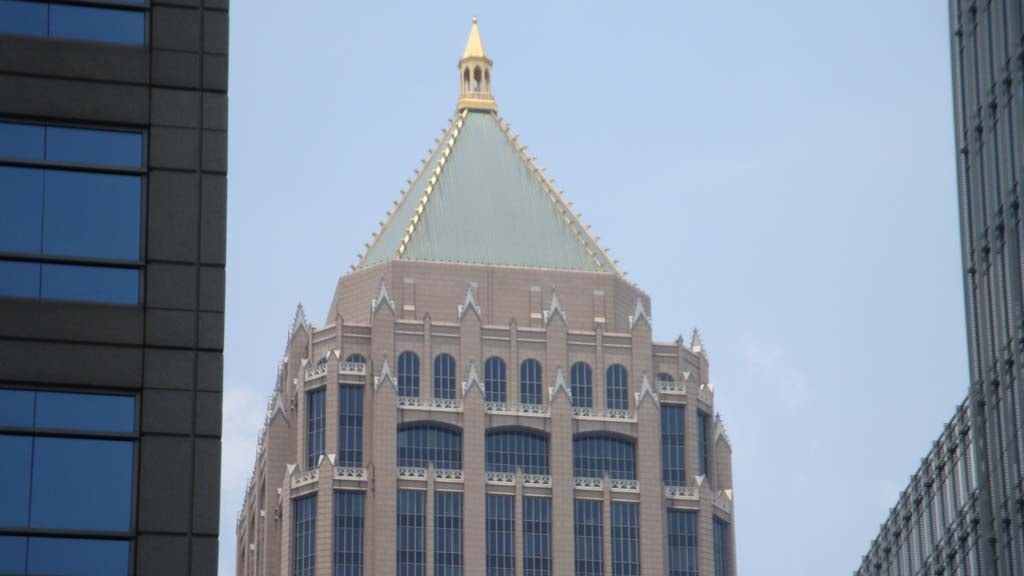The concertante is the most democratic of musical forms. Blending symphony and concerto, it opens the door to a vibrant, free-flowing musical conversation among solo instrumental voices and groups of instruments. The distinct persona of each instrument comes sharply into focus. Exhibiting brilliance and virtuosity, every voice gets its moment in the spotlight.*
American composer Stephen Paulus (1949-2014) embraced all of this in his simply titled Concertante, written in 1989. Exuberant, playful, and adventurous, it is a dazzling orchestral showpiece, launched into motion by two cadential timpani notes (V-I). Listening to this music, we might imagine unsuspecting parents leaving sleeping children home alone in the middle of the night. The moment the car leaves the driveway, the party begins. Hushed, excited footsteps lead to mischievous pranks on the way to full-blown exhilaration, danger, and adventure.
Concertante unfolds in three sections. The middle section, scored for strings alone, moves to a serene and contemplative world. Eight solo voices engage in dialogue with the string “choir.” We are lulled into a comforting dream which turns suddenly into a nightmare. Mysterious shadows loom, and there are ghostly murmurs. The phantoms evaporate as quickly as they came, and calm reassurance returns.
The third section is something of a recapitulation. In the coda section, the music shifts suddenly into a higher gear. The final blazing moments culminate in an exuberant ascending perfect fifth, which mirrors the opening of the work.
In 1988, Stephen Paulus was named composer-in-residence of the Atlanta Symphony Orchestra. The orchestra’s polish and virtuosity are on display in this performance, led by Yoel Levi:
* Mozart’s Sinfonia Concertante for violin, viola and orchestra comes to mind as the most famous example of the form. Perhaps Bartók’s Concerto for Orchestra is a vast concertante in all but name.
Recordings
- Paulus: Concertante, Yoel Levi, Atlanta Symphony Orchestra Amazon
Featured Image: Atlanta’s One Atlantic Center, a postmodern office building designed by Philip Johnson and John Burgee a few years before Concertante was written, photograph by Robert M. Craig

